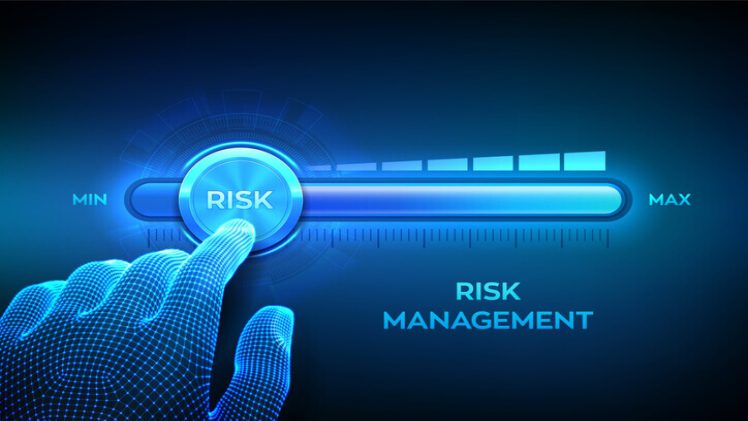In today’s interconnected digital landscape, organizations face many cyber threats. A critical aspect of safeguarding against these risks involves managing the security of external vendors with access to sensitive data or systems. This article explores the importance of cybersecurity vendor risk management and provides insights into best practices for evaluating and mitigating vendor security risks.
1. The Significance of Vendor Security
Just as a chain is only as strong as its weakest link, an organization’s cybersecurity posture is only as robust as the security measures implemented by its vendors. In today’s interconnected business ecosystem, organizations often rely on external vendors for services like cloud hosting, software development, or IT support. However, these vendor relationships can introduce vulnerabilities that cyber attackers can exploit.
2. Conducting Vendor Risk Assessments
A key step in managing vendor security risks is conducting thorough risk assessments. This process involves evaluating the potential risks associated with each vendor and the services they provide. Similar to conducting due diligence before entering into a business partnership, a vendor risk assessment aims to uncover potential weaknesses or vulnerabilities that cyber attackers could exploit.
During the assessment, organizations can consider factors such as the vendor’s security policies and procedures, their track record in handling security incidents, the adequacy of their security controls, and their compliance with relevant industry standards and regulations.
3. Establishing Security Requirements and Contracts
Establishing clear security requirements and including them in the contractual agreements is essential to ensure that vendors meet the organization’s cybersecurity standards. This step is akin to setting expectations and defining the terms of engagement in any business relationship.
The security requirements may include data protection, access controls, incident response protocols, vulnerability management, and regular security audits. By clearly outlining these contract requirements, organizations can hold vendors accountable for maintaining adequate security measures and provide a foundation for ongoing security monitoring and compliance.
4. Continuous Monitoring and Auditing
Managing vendor security risks is an ongoing process that requires continuous monitoring and auditing. Just as diligent gardener tends to their plants regularly, organizations must regularly assess the security practices of their vendors. This proactive approach helps identify any changes or new vulnerabilities that may arise over time.
RiskXchange explains that their “Vendor Risk Management Solution enables organisations to effectively manage, monitor performance and mitigate risk across their supplier networks.” Organizations can implement monitoring mechanisms, such as security questionnaires, vulnerability assessments, and periodic audits, to evaluate vendor compliance with security requirements. Additionally, staying informed about emerging threats and industry best practices allows organizations to update their security standards and address evolving risks effectively.
5. Building a Collaborative Partnership
Effective vendor security management is more than just a one-sided endeavor. It requires building a collaborative partnership with vendors based on trust, communication and shared responsibility for cybersecurity. This partnership is akin to nurturing a fruitful garden together, where both parties contribute to the overall success.
Regular communication, periodic security reviews, and sharing of security incident information create a collaborative environment that fosters mutual understanding and commitment to maintaining strong security practices. Organizations and their vendors can strengthen their collective defenses against cyber threats by working together.
Managing vendor security risks is a critical component of overall cybersecurity management. Organizations can effectively evaluate and mitigate vendor security risks by conducting thorough risk assessments, establishing clear security requirements, continuous monitoring and auditing, and building collaborative partnerships.

